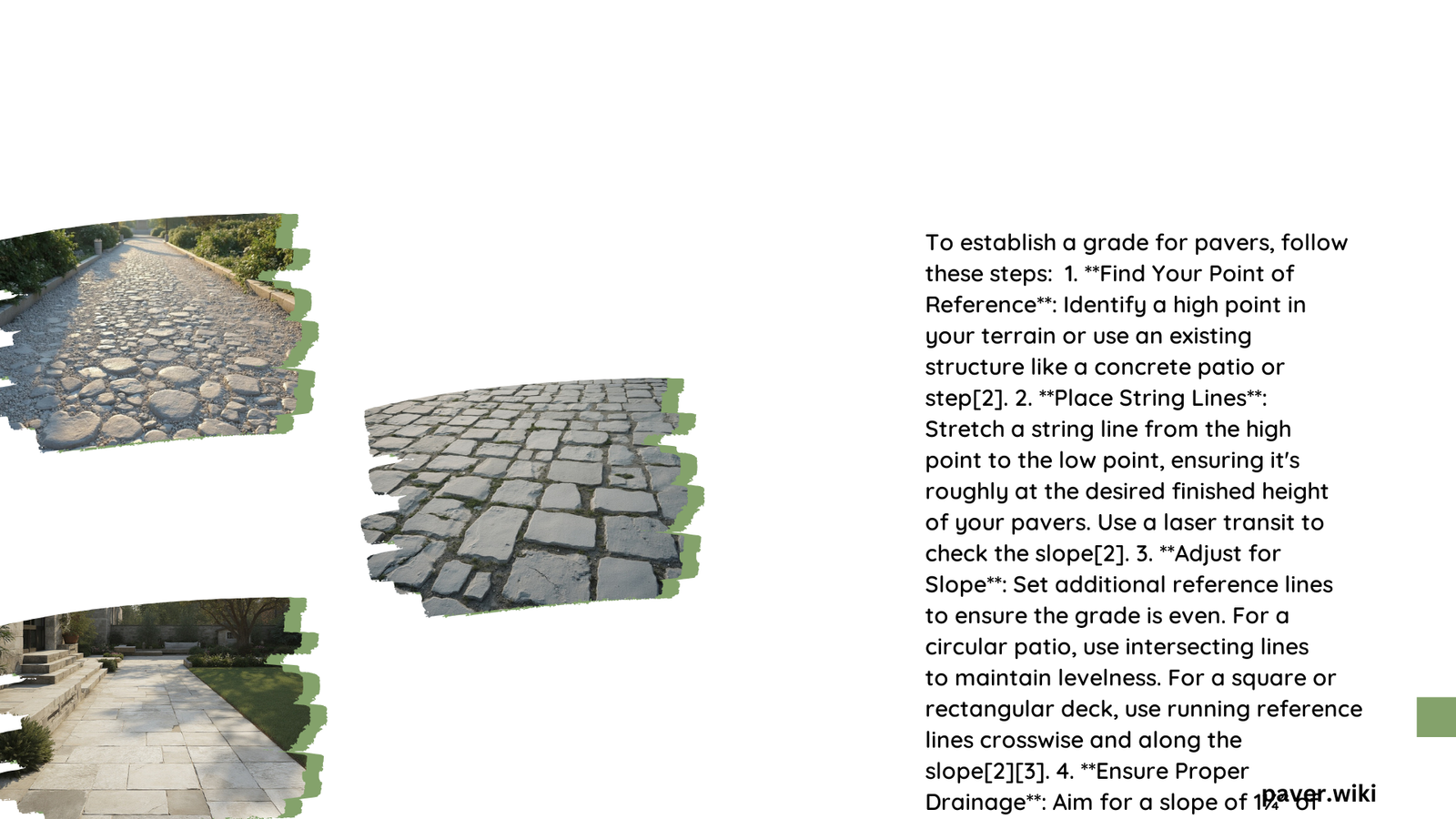Pavers grade represents a critical technical specification determining the performance, durability, and suitability of concrete paving materials across residential, commercial, and industrial applications. Understanding precise dimensional characteristics, material composition, load-bearing capacities, and installation requirements enables professionals and homeowners to select optimal paving solutions that withstand environmental challenges and provide long-term structural integrity.
What Defines Pavers Grade?
Pavers grade encompasses multiple technical parameters that evaluate concrete paving materials’ quality, performance, and structural capabilities. These specifications include:
How Do Dimensional Specifications Impact Pavers Performance?
Standard Dimensional Ranges
| Manufacturer | Width | Length | Thickness Options | Weight Range |
|---|---|---|---|---|
| Holland Stone | 3.875″ | 7.813″ | 1.625″ – 4.75″ | 6-12.2 lbs |
| Keystone Hardscapes | 4-8″ | 8-12″ | 2.375″ | 6-18 lbs |
| Cambridge Pavers | 4.5-18″ | 6-18″ | 2.375″ | 27 lbs/sq ft |
What Determines Load-Bearing Capacity?
Load-bearing capacity for pavers grade depends on several critical factors:
- Material Composition
- High-density concrete mix
- Reinforced aggregate structures
-
Compression-resistant formulations
-
Thickness Variations
- Thicker pavers (120mm) support heavier loads
- Recommended for vehicular traffic areas
-
Enhanced structural resilience
-
Installation Methodology
- Proper substrate preparation
- Compacted aggregate base
- Precise joint spacing
How Are Pavers Tested for Quality?
Durability Assessment Protocols
Pavers undergo rigorous testing to evaluate performance:
- Freeze-Thaw Resistance
- ASTM C936 standard compliance
- Repeated temperature cycling tests
-
Minimum 50 cycles without significant degradation
-
Abrasion Resistance
- ASTM C944 standardized measurements
- Evaluate surface wear characteristics
- Determine long-term performance expectations
What Installation Practices Maximize Pavers Longevity?
Critical Installation Considerations
- Substrate Preparation
- Level and stable foundation
- Compacted aggregate base
-
Proper drainage considerations
-
Joint Management
- Consistent 1/8″ – 1/4″ spacing
- Sand or polymeric joint fillers
-
Allow thermal expansion accommodation
-
Curing Protocols
- Moisture maintenance
- Temperature-controlled environment
- Minimum 72-hour stabilization period
What Maintenance Strategies Preserve Pavers?
Proactive maintenance ensures extended pavement lifecycle:
- Regular cleaning
- Periodic sealing
- Joint sand replenishment
- Prompt repair of minor damages
Cost and Longevity Expectations
Estimated Lifespan Ranges:
– Holland Stone: 20-30 years
– Keystone Hardscapes: 20-30 years
– Cambridge Pavers: 25-40 years
Economic Considerations
- Initial installation costs vary
- Long-term maintenance relatively economical
- Potential savings through proper selection and installation
Conclusion

Understanding pavers grade requires comprehensive analysis of technical specifications, performance metrics, and installation protocols. Professionals must evaluate dimensional characteristics, load-bearing capacities, and durability factors to select optimal paving solutions.
